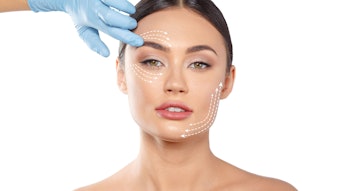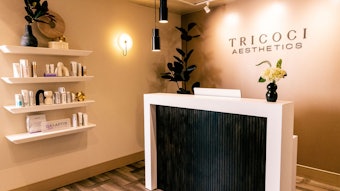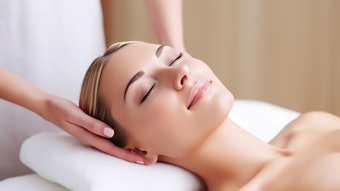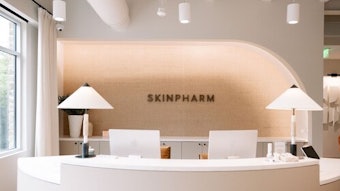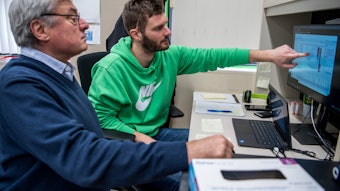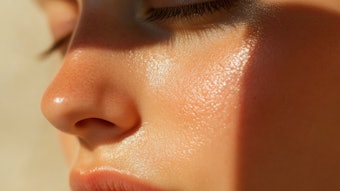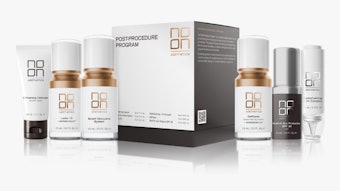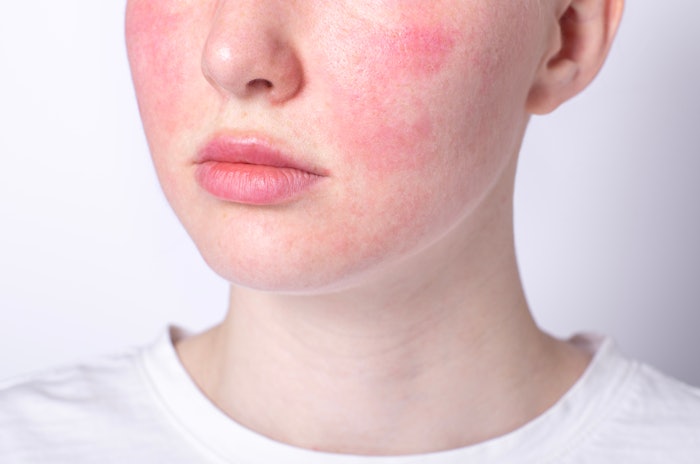
The National Rosacea Society (NRS) estimates 16 million Americans experience rosacea. April is Rosacea Awareness Month, a month dedicated to educating the public on this chronic facial skin disorder and a holistic approach in addressing the signs and symptoms of the disease to avoid irritants, but also recognize the personal and environmental factors that can exacerbate the condition.
Before those who experience rosacea receive a diagnosis, many mistake it for sunburn or acne, turning to skin care products and cosmetics to cover up and attempt to treat these signs and symptoms, according to a Feb. 25 press release. Harsh cleansers, acne medications and bar soap may make the condition worse by irritating or drying out the skin, damaging the moisture barrier.
Per the release, an NRS survey of 1,104 rosacea patients, reported that 82% of patients say certain skin care products and cosmetics aggravated their condition, and 70% said there were specific ingredients, including astringent alcohol (63%), perfumes or fragrances (57%), witch hazel (31%) and menthol (30%), that made it worse. One note of caution: Because these causal factors were self-reported and not medically verified, correlation may not exist in all cases.
Around a quarter of respondents were affected by peppermint or eucalyptus oil, dyes and pigments, sulfates, parabens or other preservatives.
 The NRS says the most common sign of the disease is persistent redness on the central part of face: the cheeks, nose, forehead and chin.Courtesy of New Africa at Adobe Stock
The NRS says the most common sign of the disease is persistent redness on the central part of face: the cheeks, nose, forehead and chin.Courtesy of New Africa at Adobe Stock
About 50% of patients may have irritated, watery or bloodshot eyes. In severe cases, the skin may thicken, particularly around the nose–a condition called “rhinophyma.”
In addition to being cognizant of these signs and seeking a dermatologist, the society also recommends those who believe they may have rosacea use NRS’ “Seal of Acceptance” program [1], launched in 2024, to identify suitable skin care and cosmetic products.
“The use of gentle cleansers, moisturizers that help repair the skin barrier, and sunscreens that protect from solar radiation can improve the skin’s ability to resist environmental triggers and augment medical therapy,” said Zoe Diana Draelos, MD, clinical faculty in dermatology at Duke University and president of Dermatology Consulting Services, PLLC.
Although medical therapy and gentle skin care approved by the seal of acceptance can help the condition, patients can help minimize rosacea flare-ups by avoiding their personal triggers and making diet and lifestyle changes that reduce stress and inflammation. The most common triggers, according to the release, include sun exposure and hot weather, emotional stress, wind, heavy exercise, alcohol consumption and spicy foods.
“Each individual’s triggers are different, and patients may find it helpful to keep a diary to track when flare-ups occur and which foods, activities or environmental conditions may have contributed,” Draelos said. “Beyond avoiding physical triggers, patients may find that a focus on emotional well-being and stress-mitigating techniques such as yoga and meditation can be effective in reducing the likelihood and severity of rosacea flare-ups.”
NRS will conduct public education activities for Rosacea Awareness Month to emphasize the warning signs and urging those who suspect they may have rosacea to see a dermatologist. For those who wish to participate in the society’s educational materials, they can visit the Rosacea Awareness Month landing page [2].
References:


